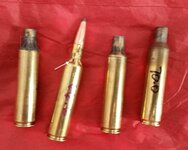Staff Member
- Messages
- 11,209
- Reactions
- 40,980
this is awesome! good work!
Follow along with the video below to see how to install our site as a web app on your home screen.
Note: This feature may not be available in some browsers.
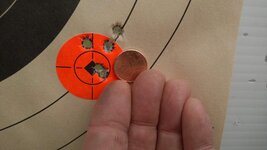
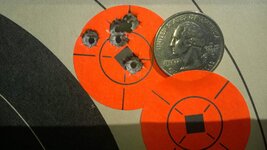

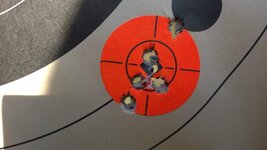
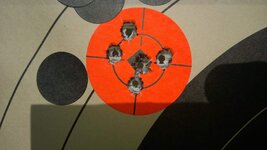
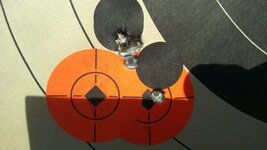
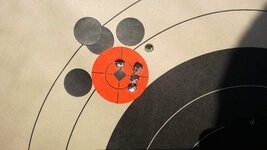
Interesting @AMProducts, thanks for the info. For now I will see how the brass survives as I have annealed it. If its lifespan seems too short I will definitely try something else. Perhaps induction heating will be it. Do you have a video of your induction heating process??
